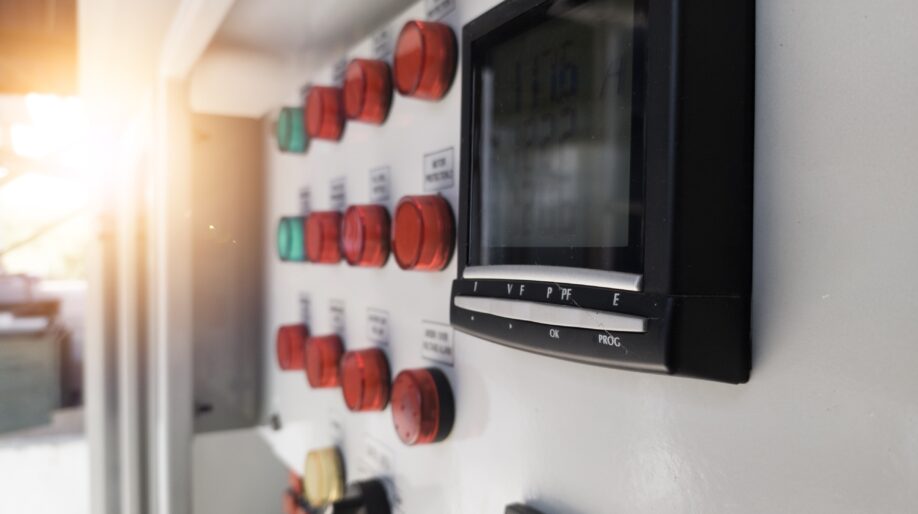As spring is on the horizon, it’s time to start thinking about all the equipment you will need when the temperatures rise and the seasons change. Is the chiller on your regular maintenance list? Regular cleaning and maintenance can help you ensure it’s working when you need it, minimize repair costs, and lengthen its life span.
There are several steps you can take to optimize performance and ensure that your chiller is ready for spring.
Keep track
Monitor your chiller’s performance with an operational log, allowing you to quickly spot anomalies and identify any issues or concerns. Experts recommended that the log be updated daily, as a minimum, to record data like pressures and approach temperatures. As smart technology continues to grow, newer equipment may include software that automatically maintains the log, limiting labour and saving you time.
Manage maintenance
Regular maintenance is crucial for the performance of most equipment, and your chiller is no exception, with scale and sludge buildup leading to lower efficiency and higher expenses. Regularly inspecting the chiller for any buildup will help improve performance and alert you to any upcoming necessary repairs or maintenance expenses.
Leaks are also a concern, and your chiller should be checked for leaks or possible areas of risk regularly. Leaks are not just a concern for efficiency, they also pose a threat to occupants or staff if hazardous refrigerants escape. By using an air-purge time, checking the refrigerant sight-glass, and employing a gas analyzer to assess joints and connections, you can get ahead of leaks or take quick action if one has occurred.
RELATED: Your spring HVAC maintenance checklist
Clean and disinfect
Disinfection is a crucial part of chiller maintenance to reduce contaminants and mitigate bacterial growth. This process should be conducted twice per year (generally in the spring and in the fall) and it includes cleaning the tower basin, fill, distribution deck, and exterior surfaces. According to OSHA (Occupational Safety and Health Administration), cooling towers, evaporative condensers, and fluid containers provide the ideal conditions for Legionella if not properly maintained, which could allow for bacteria to be released into the air if sanitization does not occur.
Create a strategy
Creating a maintenance plan and sticking with it is the key to getting your chiller ready for spring and keeping it working throughout the year. Train staff to follow protocols and regularly assess risks, performance, and planning to mitigate repair or replacement costs.
As the temperatures begin to rise, planning ahead with a cleaning and maintenance strategy for your chiller will have it up and running through the season and beyond.








